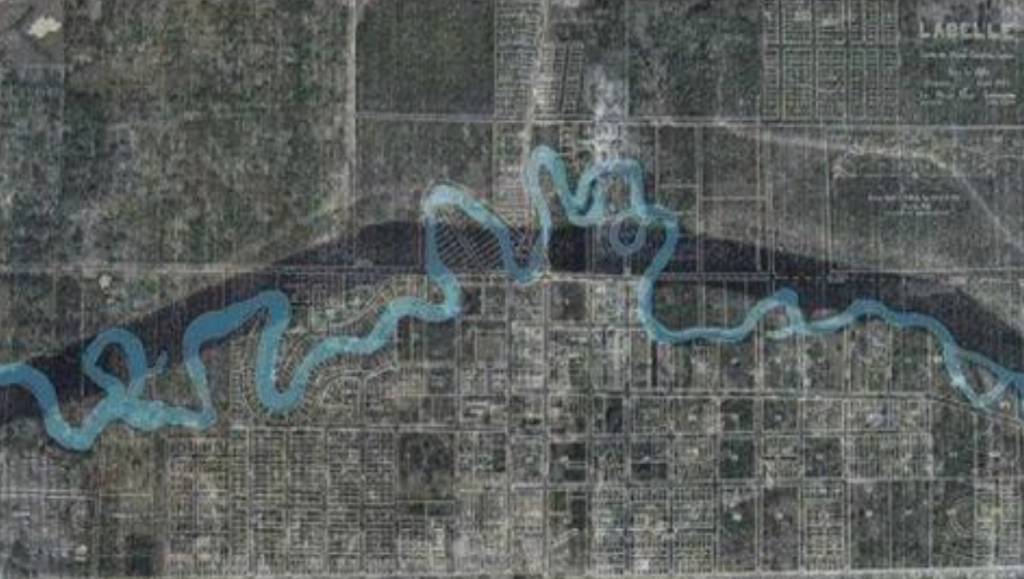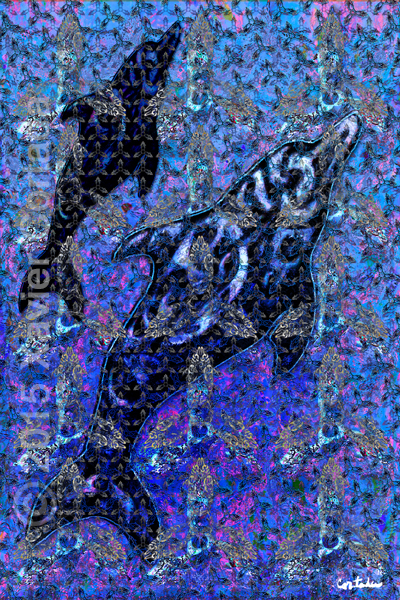Release to Tide

“Release to Tide” is a series of four prints, each representative of an endangered animal that is native to the Everglades in collaboration with the Caloosahatchee CLEER project. The project Caloosahatchee CLEER, (Create, Learn, Engage, Exchange and Restore) is a grant from the Robert Rauschenberg Foundation to involve a broader audience of people in the political dialog necessary to bring change to the future of water quality in the river and bay. It is intended to nurture a respect for all the watercourse means to people for recreation and reflection; and sustaining a home for aquatic wildlife and their habitat. In response, artist Xavier Cortada created the four works that would be the “Release to Tide” series, intended to highlight the plight of the greater Everglades ecosystem and to raise awareness and engagement towards environmental mitigation.
Largemouth bass reside in the lake and upper river area. Fishing tournaments draw fishermen from all over the world during the winter season. Ask any avid angler and they know of Lake Okeechobee’s famous bass fishing.
The Smalltooth sawfish once ranging from North Carolina to Texas has, essentially, a last toehold in the sandy shoals near the mouth of the river. It is here researchers have been able to locate juveniles. So rare is this fish, that every shred of data is relished. Anyone spotting a small tooth sawfish is asked to report it to a special hotline 352-392-2360.
The Kemp’s Ridley sea turtles are arguably the most endangered sea turtle in the world. Although a very rare nester in this area, juveniles are known to live temporarily in the back bay waters of Pine Island Sound. A short term grant allowed researchers to radio tag several of these reptiles that feed on the spider crabs nestled in the seagrass beds. The turtles wandered as temperatures of the water fluctuated. It appears Kemp’s Ridley Sea Turtles have an aversion to cold water.
The Bottlenose dolphin was chosen for its natural charisma. The local dolphin population stays in the bay and near-shore waters year-round. Why migrate if you have what you need? It has been determined through dorsal fin photo identification that 300-400 dolphins live, feed, breed and play in the upper Pine Island Sound area.



